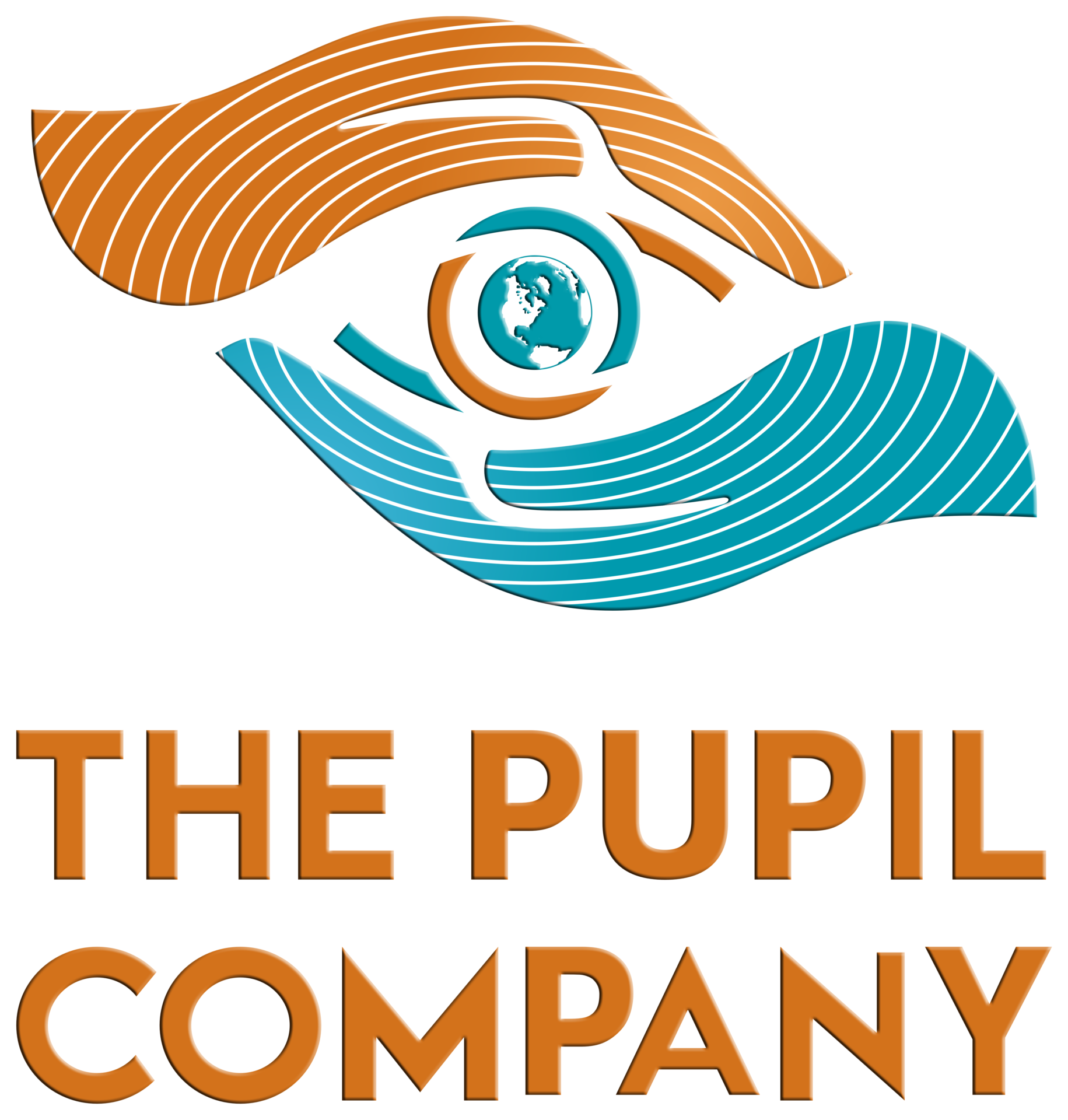It’s oft-repeated that the structure of the American classroom was based on newly industrialized factories to provide a steady stream of workers.
That may have been the attempt, but the classroom that arose as a result did not produce the type of worker that could optimally produce for the factory.
The fact is worker who can think through their tasks as opposed to simply following a rote set of orders is much more capable of responding to diverse circumstances efficiently.
This lesson was learned in the military- in WWI the United States transitioned from a “Do what you’re told” mantra to a “Figure it out” mantra. This transition was a necessity in a new age that moved too quickly for a centralized brain trust to make all of the decisions. Instead, individual commanders were given enough autonomy to respond to the changing circumstances that they faced.
In the classroom this new orientation could properly be described as the transition from “teacher Centered” to “Learner Centered.” The markers of a Learner centered classroom are as follows:
Collaboration: it is vital for learners that they have the space to be able to work jointly toward a common task. This is not a new concept- in fact, this is a very old concept. Think of hunters at the dawn of time tracking a wooly mammoth- they moved together with a common goal with their hunger on the line. The modern workplace is not too far off from this dynamic. Efficiency and efficacy both rely heavily on collaboration and the establishment of these skills should occur in the classroom.
Communication: The ability to communicate is a non-negotiable. It could be the shorthand jargon of a medical staff or the ad-hoc sign language used by factory workers on a noisy factory floor. Communication is baked into any business. The training room should be the practice ground for the type and style of communication that will be necessary for productivity on the job.
Critical Thinking: More than just the procedures of a particular task, it is vital that the learner understands why each step is being taken. While, admittedly, adding in the explanation of the why behind the how may take more time, the result is a staff in tune with the purpose of the work and, as a result, a staff much more capable to problem solve without the required intervention of a sacred brain trust to do their thinking for them.
Creativity: A critical thinkers eventual end is a creative mind. In business parlance you could easily call creativity a business advantage. Think of even your entry-level staff who dedicate their day to low skill tasks- all day, every day. A place that cultivates creativity will welcome the new hire that realizes a method to save time on those menial tasks- a time savings that could save pennies, or, in aggregate, stacks of dollars.
What methods could you leverage in your classroom to instantiate these values?
Have you thought about reorganizing your classroom so that learners work together as they will in the workplace?
Are your workers critical thinkers?
Is there space for your staff to creatively submit new methods to more efficiently accomplish your goals?
What’s YOUR Vision?

